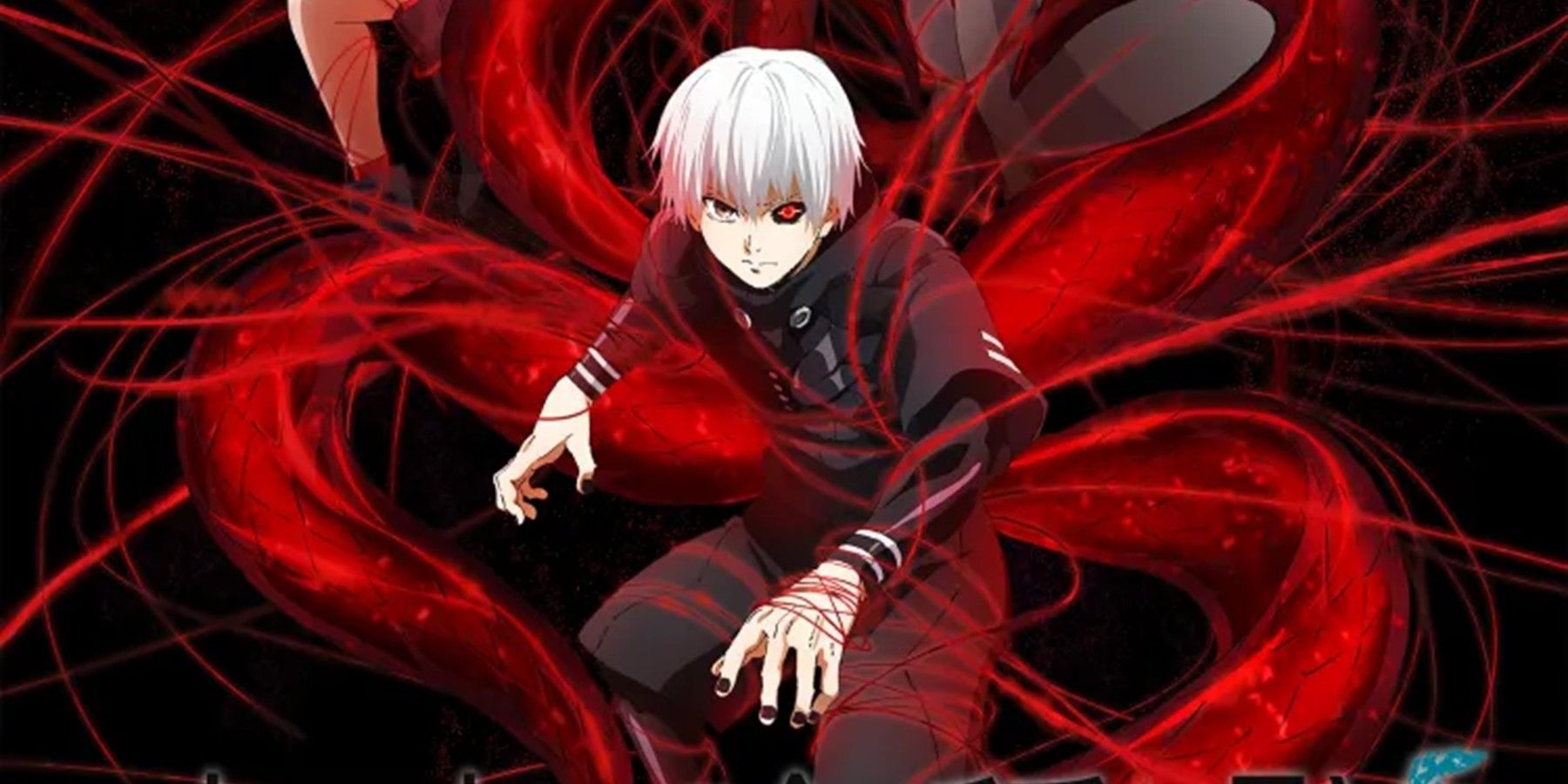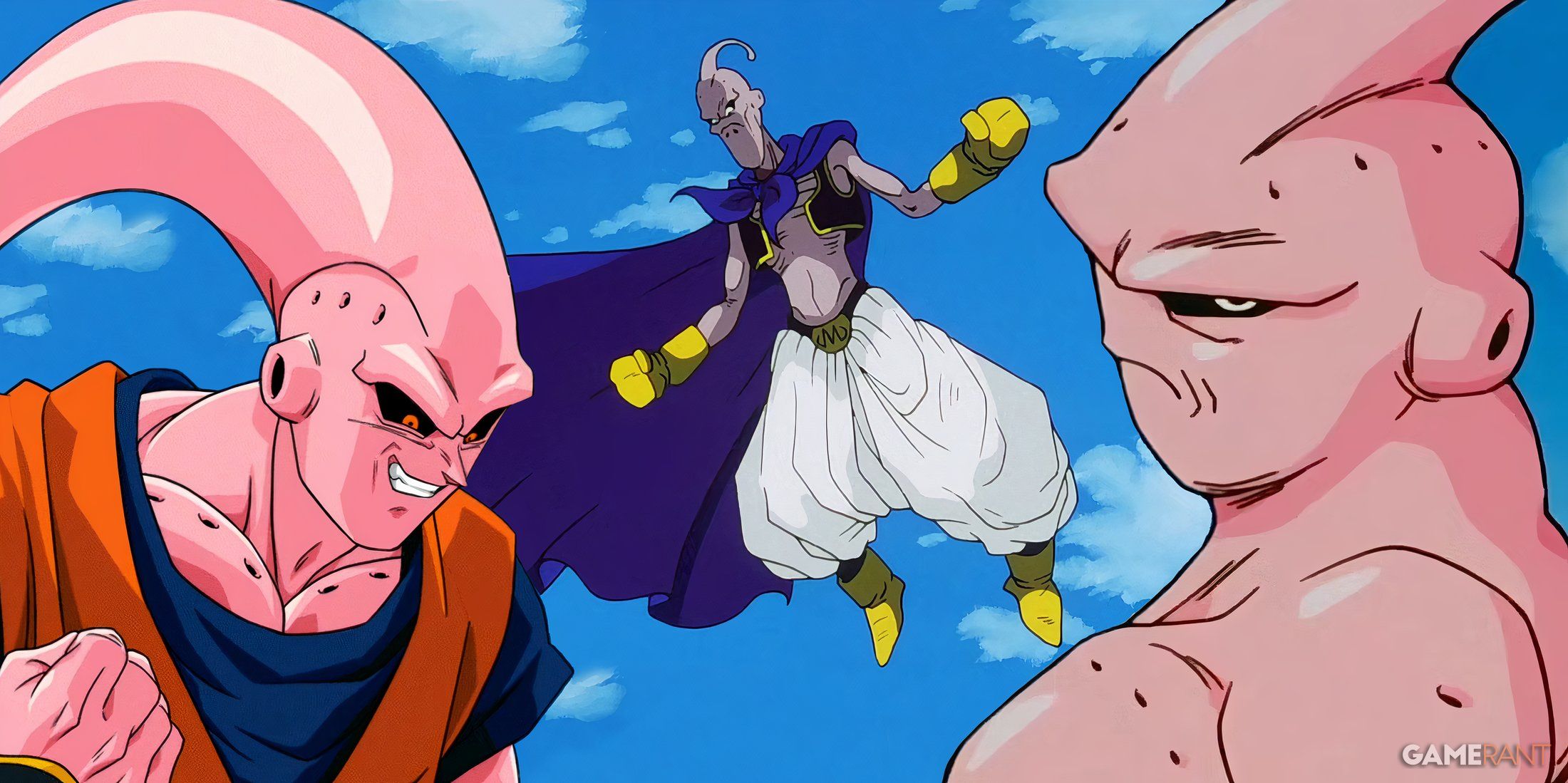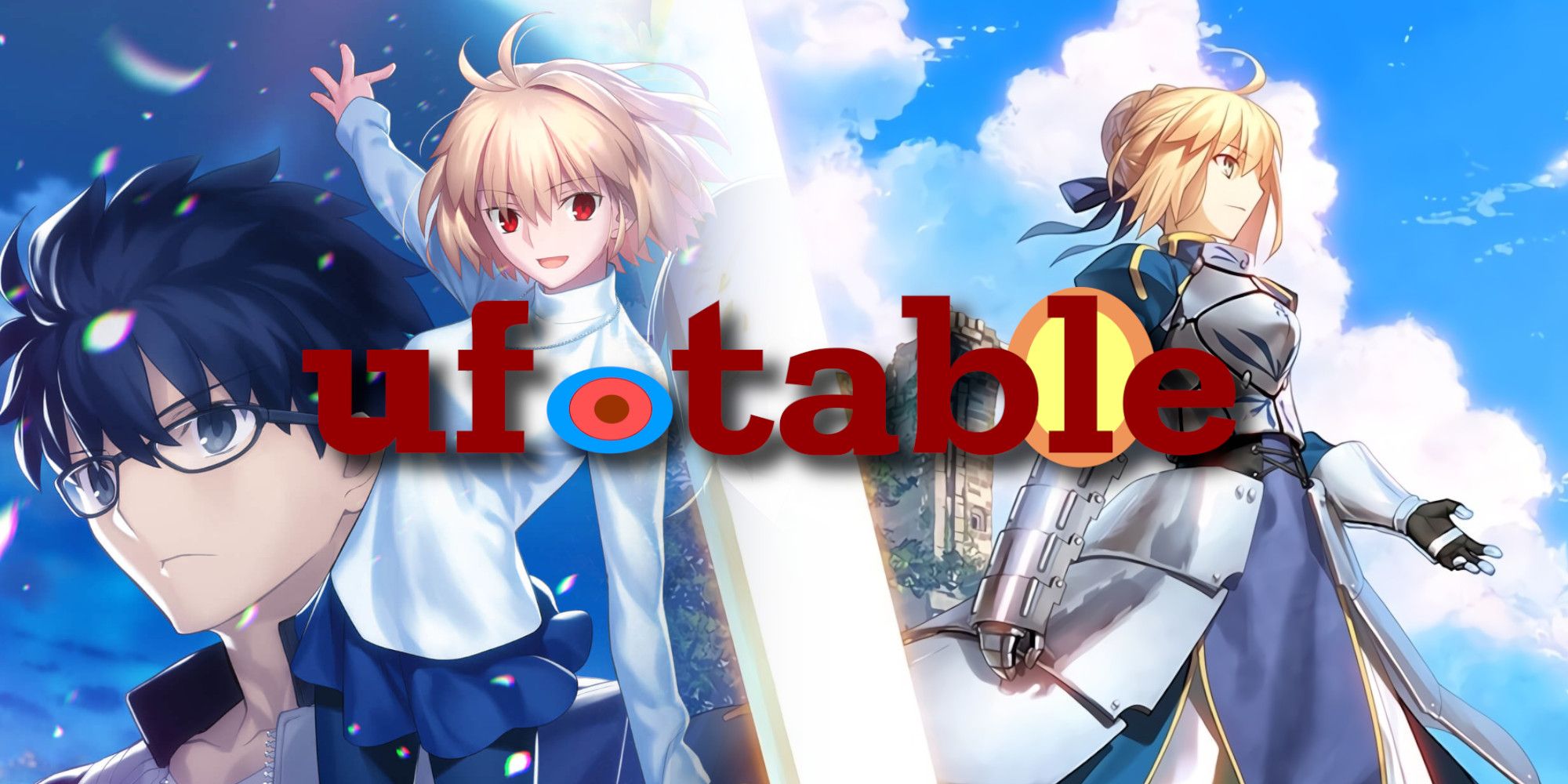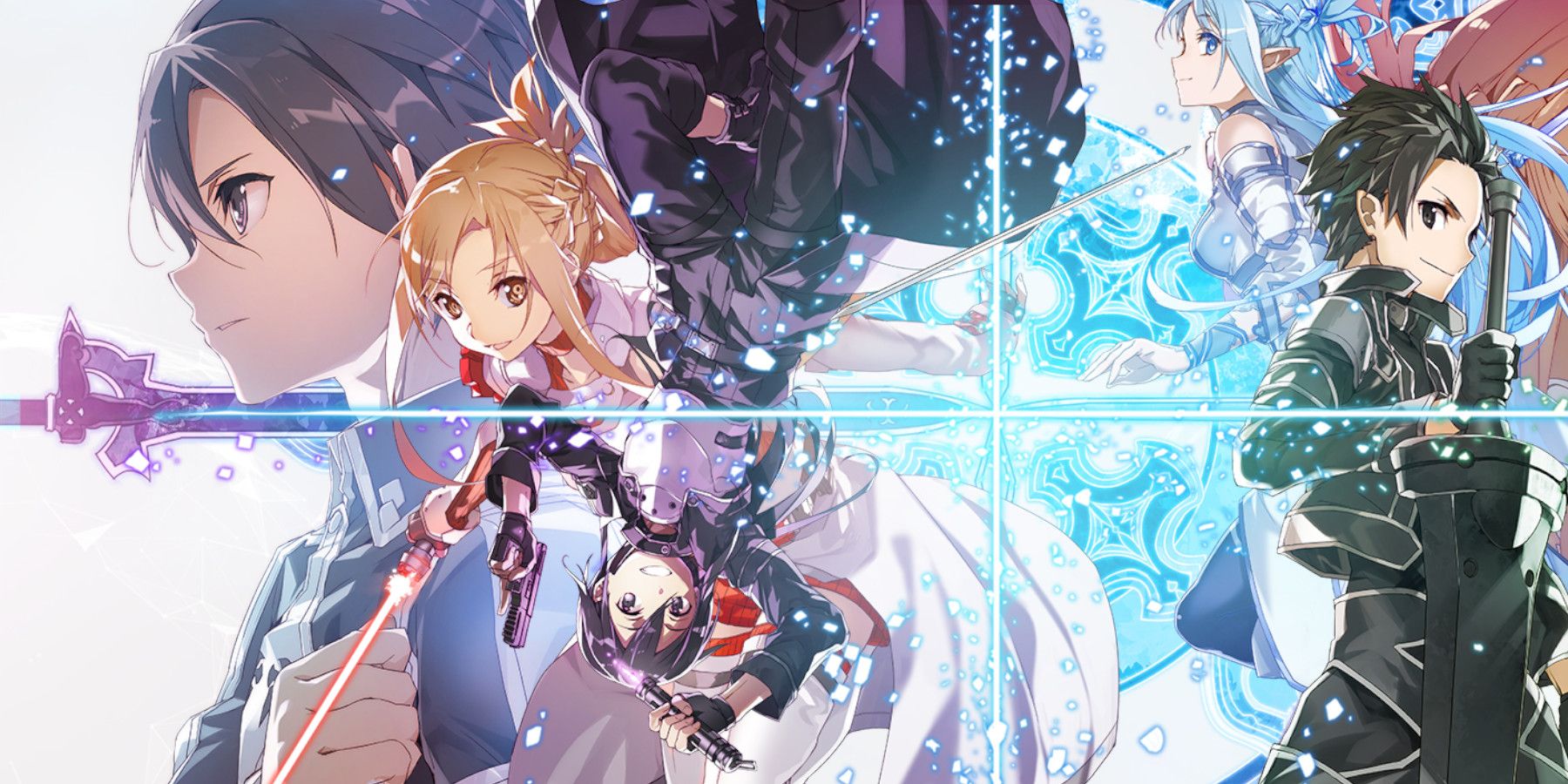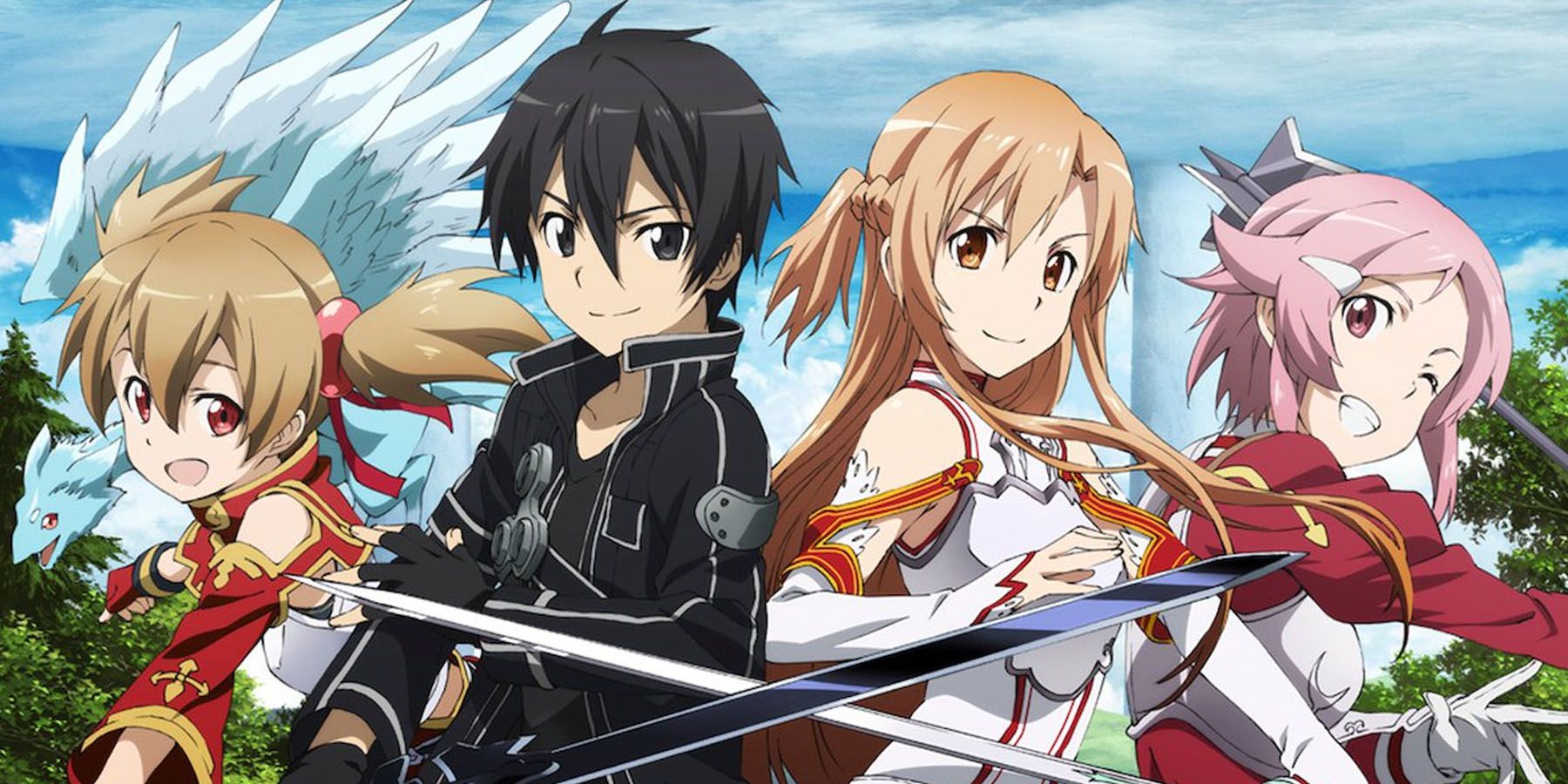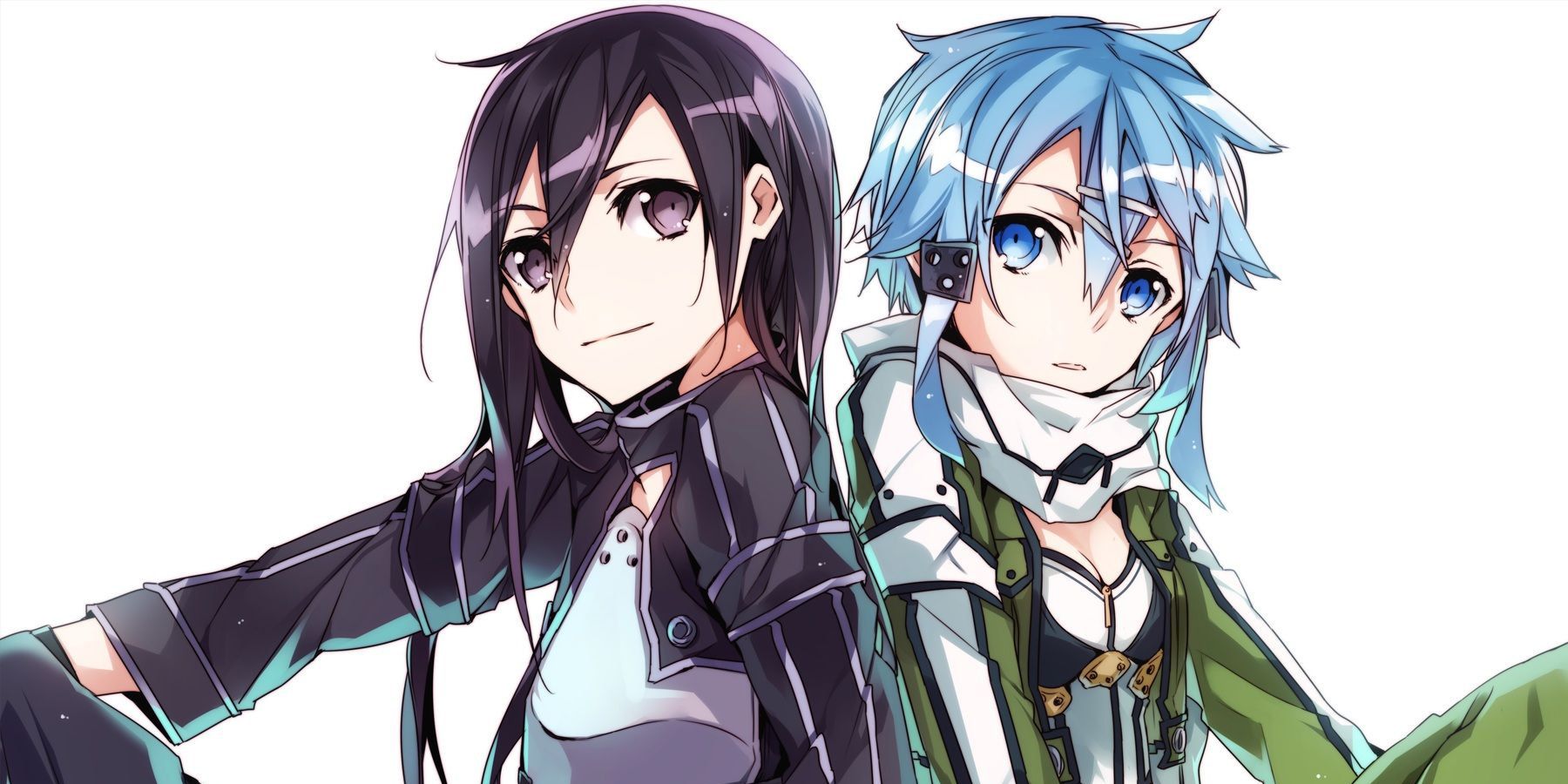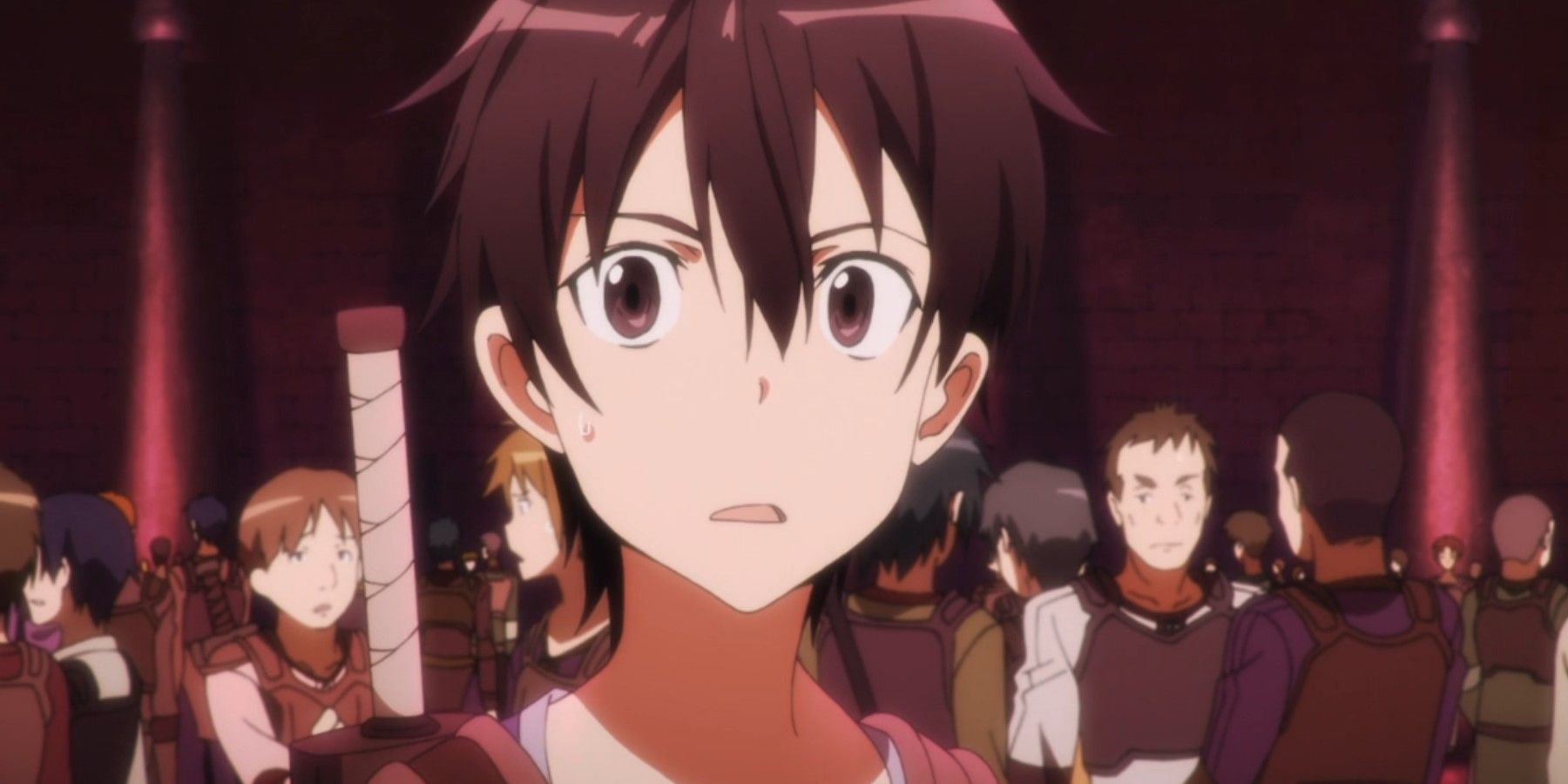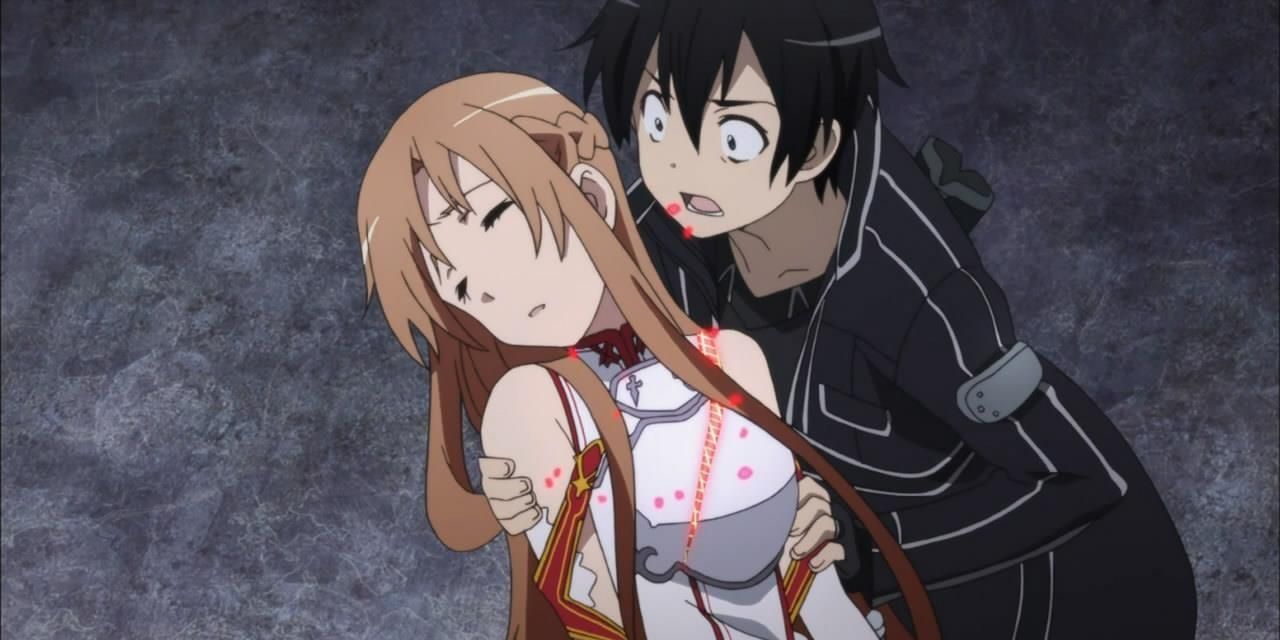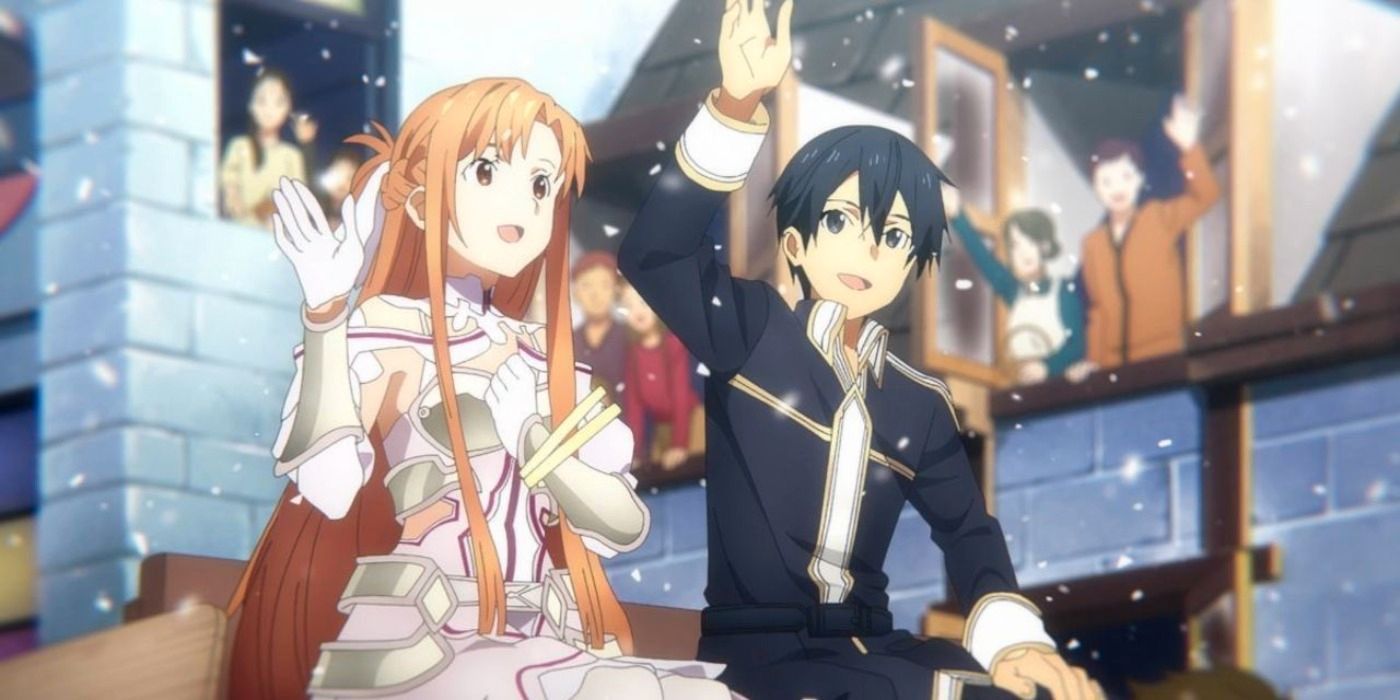Sword Art Online is one of the defining anime of the 2010s and for many younger anime fans, one of the formative programs of their obsession with the medium. It has such a simple yet enticing premise that announces itself boldly in a memorable premiere that viewers found hard not to get wrapped up in.
The anime based on Reki Kawahara's light novel sensation came out in 2012, produced by A1 Pictures and directed by Tomohiko Itou (Erased, The Millionaire Detective). The series became an instant hit, but before the first season was even over, the series was already catching flak for its storytelling among other things. Now, SAO has become a titan of the industry, having spawned three more seasons and a major motion picture, with more projects on the way thanks to the Progressive series. In those eight years, fans of the series have held firm while critics have decried it and asked why it's continued as long as it has.
A Strong Start
Season 1, part 1, also known as the "Aincrad Arc", is the most highly-regarded of the series, in which all the players of Sword Art Online are trapped in the game. Over the next two years, Kirito and his friends battle up the levels of Aincrad in hopes of escaping the game. Along the way, adventures are had, love blooms, and the dangerous virtual world sometimes feels preferable to the real one.
Similar to Lord of the Flies, the story poses what a bunch of mostly kids and young adults would do when left to their own devices. Kirito and Asuna, the love story of the series, live happily in as close to an estimation of mature romance as their young minds can imagine.
To the younger audience who fell in love with the show, this kind of fantasy, for all its horrors, carried with it a potent and enviable bond between the leads. It was a love story and fantastical action story with video game trappings, even if the game part wasn't fully thought out.
But then it ended. Literally. After 14 episodes, the Aincrad arc ended and with it, the story of characters being trapped in a video game. Sword Art Online was finished, and it ended with Kirito marching onward in the real world to find his girlfriend. So it really was a shock when the show continued on.
SAO, Post-"SAO"
The series' second major arc, "Fairy Dance," is considered one of the weakest of the series. It continues the story in a way that seems, by its very nature, obtuse and unnecessary. The death game has already been escaped, why does it need to continue?
There isn't ever a concrete answer, hence a bulk of the initial disappointment. Added to this, the next game Kirito ventures into, in an effort to save Asuna from a different video game, didn't connect with audiences as well. Whereas the side characters in Aincrad were memorable thanks to early episodic adventures, the plot of Fairy Dance barrels on, not letting the new characters feel utilized.
Most importantly, without the imminent threat of death to incentivize character behavior and create realistic stakes, the show loses a lot of tension. Kirito might be a historically overpowered character, but at least there was the guarantee that if he died in the game, he would die in real life. You know, save for the time he survived through the power of love.
Flawed Logic
Even the Aincrad arc began to be lauded in retrospect, for many of the same things people criticized the entire story for. Namely the rushed development of side characters, motivations that felt murky, or world mechanics that seemed to defy the logic of the story.
Focusing purely on the emotional journey, a lot of nitpicks can be forgiven in the Aincrad Arc, but the longer SAO went on, the more vexing it became. Sword Art Online IIwon back some viewers with a new setting and a premise involving someone killing people through another VRMMO.
Perhaps the biggest hurdle to liking SAO is being able to sanction its existence beyond the initial premise. Having life or death stakes made it easier to like SAO II, but made it no easier to dismiss the flawed logic of the story. Kirito being asked to investigate the murders at all comes off as stupid.
Furthermore, Gun Gale Online's mechanics seem written to serve the story in a way that the game would be critically torn apart. Not being able to customize a character alone would get the game laughed at by any publication worth a damn (hey, just like this one).
At times, Sword Art Onlinefeels like it's trying to look for reasons to keep going and keep following these characters. The fans love these characters and want to see them continue to thrive. However, that kind of happy ending could have easily been given through an epilogue, rather than more seasons.
"It's Just A Video Game"
The above phrase may be tired from the swath of emotional GMVs on YouTube of every sad moment from the last decade of video games, but it bears mentioning here. After the events of Aincrad, the characters often play games as though they are still at risk of literally dying when that is absolutely not the case.
Even before the stakes are revealed in the film Ordinal Scale, Asuna rushes to block an attack for Keiko in a way so extra that she may as well have taken a bullet. The idea that the games are so immersive that they elicit certain reactions isn't the problem, but the overacting is what makes the series feel so strange.
Fans might argue that the very real brushes with death in the first arc might be the cause for these reactions. That could very well be true, but that just seems like a reason that these characters should have stopped playing video games as soon as they escaped from Aincrad.
To the credit of this series, it has frequently stressed video games' ability to serve as escapism and maybe a release of tension from real life. Shion, one of the best parts of SAO II, uses Gun Gale Online as exposure therapy to deal with her gun-related trauma and to feel powerful.
Yuki, Asuna's good friend from the "Mother's Rosario" arc, plays the game with her friends as an escape from her medical problems and her fleeting time left alive. There is an argument made that SAO is about characters embracing VR as a way to live to their fullest... It just would feel a little more natural if they weren't so dramatic about it all the time.
A Change of Heart
A lot of popular anime critics on YouTube got their money's worth crapping on SAO, but it's safe to say everyone realized it wasn't nearly as bad as they remembered. Maybe it's because way worse stuff came out. Maybe it's because the Alicization Arc sorta brought the stakes back.
Or, maybe it's because even the haters started to remember the good times they had with it. Reki Kawahara has gone to great lengths to improve as a writer, and they've been nothing if not consistent with an underlying message about appreciating escapism.
The message of the story isn't "death games are cool, actually" but more of an attempt at a statement about reality and truth found within escapism. At the end of season one, the antagonist who created Sword Art Online gives Kirito "The World Seed." It's essentially open-source assets to create virtual reality games.
The World Seed in essence sums up SAO's mission as a series. It attempts to explore how the net is vast and infinite and will eventually allow humans to go beyond the limits of our own world and how, at the end of the day, that's pretty cool.
"Attempt" is the operative word in these cases because it's not done brilliantly. However, when put like that, Sword Art Online almost sounds like a starter kit for appreciating Ghost in the Shell, a series that goes much further with those messages.
Sword Art Online was an anime that by all accounts should have ended but persisted. It might not have had a good reason to continue and it might have taken some time to find the right reason, assuming it wasn't there from the start, but it got there. The hate wasn't entirely fair, though not without some warranted exclamation.
The lesson - or perhaps the punchline - is that Sword Art Online felt like a cautionary tale about VR and that ended up hyping up how cool VR could be. Because, yes, the possibilities of progress are scary, but progress also lets people kill giant monsters in VR, so it can't all be bad, can it?
